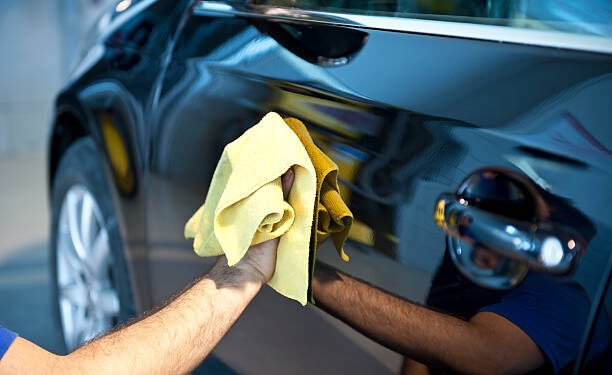A clean car isn’t just about aesthetics—it’s about preserving your vehicle’s value and protecting its paint. While automatic car washes are convenient, nothing beats the care of a reliable car hand wash. Whether you’re prepping for a sale or just want to maintain that showroom shine, car wash and detailing done by hand ensures a deeper clean without the risk of swirl marks or scratches.
In this guide, we’ll explore the benefits of hand washing, the best techniques, and how to incorporate car wash and detailing into your routine for long-lasting results.
Why Choose a Hand Wash Over Automatic Car Washes?
Automatic car washes may save time, but they often use harsh brushes and chemicals that can damage your car’s finish over time. A reliable car hand wash, on the other hand, offers:
- Gentler Cleaning – No abrasive brushes that cause micro-scratches.
- Better Attention to Detail – Hand washing lets you clean hard-to-reach spots.
- Customized Care – You can choose the right products for your car’s paint type.
For those who take pride in their vehicle, car wash and detailing by hand is the best way to maintain its pristine condition.
Essential Tools for a Proper Hand Wash
Before you start, gather these must-have supplies for a reliable car hand wash:
Microfiber Wash Mitts – Soft and non-abrasive, perfect for preventing swirl marks.
pH-Balanced Car Shampoo – Harsh detergents strip wax; always use a dedicated car soap.
Two Buckets (with Grit Guards) – One for soapy water, one for rinsing to avoid dirt transfer.
Wheel Brush & Tire Cleaner – Brake dust and grime need special attention.
Drying Towels – High-quality microfiber towels prevent water spots.
Step-by-Step Guide to a Flawless Hand Wash
1. Rinse Your Car First
Use a hose or pressure washer to remove loose dirt. This prevents scratches when you start washing.
2. Wash from Top to Bottom
Start with the roof and windows, then move to the sides and wheels. This ensures dirt flows downward, reducing contamination.
3. Use the Two-Bucket Method
Dip your mitt in the soapy water, wash a section, then rinse it in the clean water bucket before reloading with soap. This keeps dirt from being reapplied.
4. Clean Wheels & Tires Separately
Use a dedicated wheel brush and cleaner to remove brake dust, which can corrode rims if left untreated.
5. Rinse Thoroughly & Dry Properly
After washing, rinse off all soap residue. Dry with a microfiber towel to prevent water spots—a key step in car wash and detailing.
Enhance Your Wash with Detailing
For an even deeper clean, follow up with these car wash and detailing steps:
- Clay Bar Treatment – Removes embedded contaminants for a smoother finish.
- Polish & Wax – Restores shine and adds a protective layer against UV rays.
- Interior Detailing – Vacuum, wipe surfaces, and condition leather for a complete refresh.
Common Hand Washing Mistakes to Avoid
Using Dish Soap – It strips wax and damages paint.
Washing in Direct Sunlight – Water dries too quickly, causing streaks.
Skipping the Wheels – Brake dust buildup can lead to permanent damage.
FAQs About Hand Washing Your Car
1. How often should I hand wash my car?
Every two weeks is ideal, but adjust based on driving conditions (dust, rain, or snow).
2. Can I use a pressure washer for a hand wash?
Yes, but keep it on a low setting (under 1,500 PSI) to avoid paint damage.
3. Is hand washing better than touchless car washes?
Hand washing is gentler and more thorough, while touchless washes rely on strong chemicals that can degrade wax over time.




